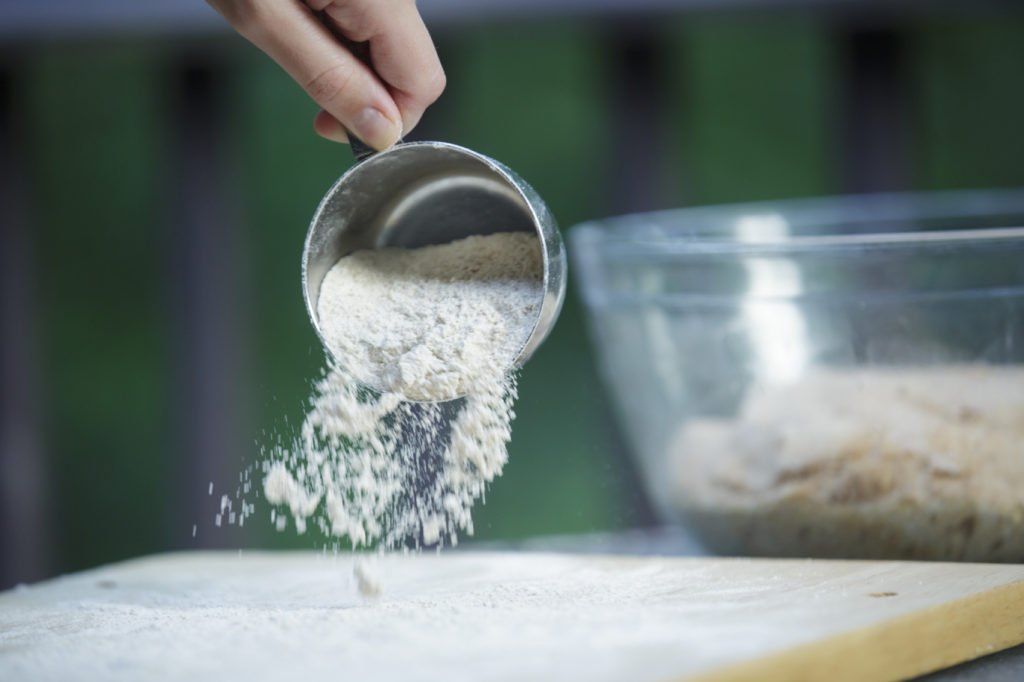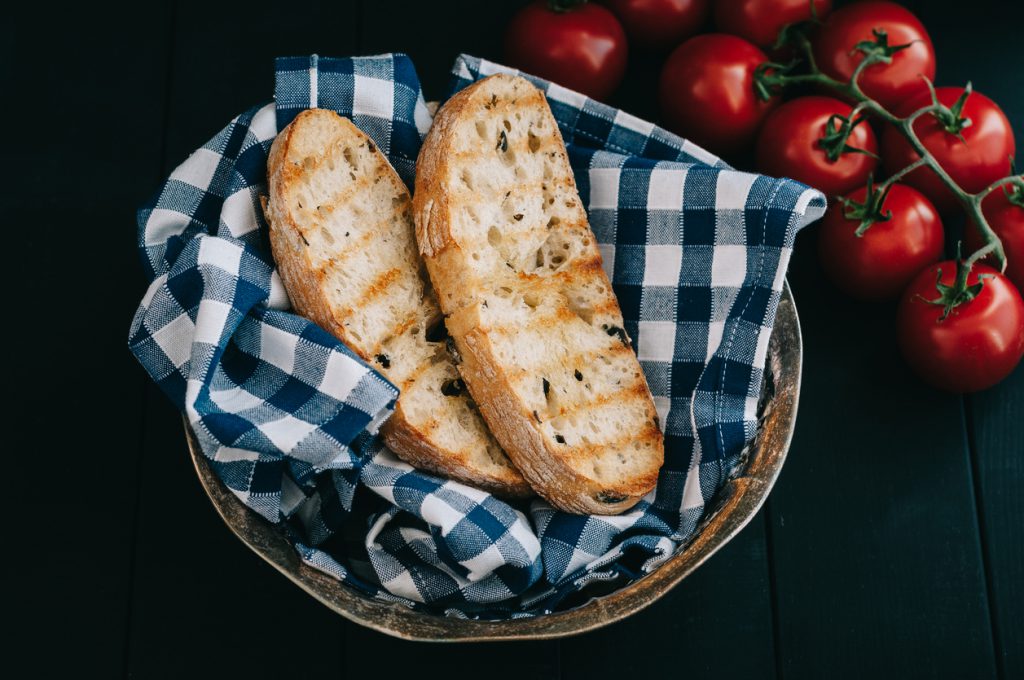- Uncategorised
Mass-produced bread takes the microwave route
Food waste is high on the agendas for western countries at the moment, with shocking amounts of good food thrown away uneaten. In Britain, for example, consumers throw away almost a third of the loaves they buy, according to DEFRA (the Department for Environment, Food and Rural Affairs).
Freezing bread from fresh, so it remains fragrant and delicious ready for defrosting, is one great way for artisan commercial producers like us to help cut food waste. Our wholesale customers only defrost the breads they need at any one time. But there’s another way on the horizon to keep bread fresh for a remarkably long time.
Why does bread go mouldy?
Bread goes mouldy because of… mould! And traditional plastic wrapping doesn’t help. The water the bread contains evaporates and gets trapped, making the surface slightly moist and creating the perfect home for Rhizopus Stolonifer, the little fungus that leads to bread mould.
Ordinary bread tends to go mouldy within 10 days, which is actually pretty good going, leaving plenty of time to finish your loaf before it turns green. But a US company, Microzap, has developed a clever way to keep the mould at bay for longer by zapping it with microwaves.
Nuking bread for dramatic longevity
Microzap has discovered that nuking bread with a sophisticated microwave array kills the mould spores so they never develop in the first place. It’s a technique that can also be used for other foods including fruit, veg and some fresh meats. And it only takes a few seconds using a machine that’s very similar to an ordinary home microwave. The result? They reckon microwaved bread can stay mould-free for as long as 2 months, an extraordinary extension of its useful life.
Extra cost plus a consumer perception challenge
The technology has already attracted considerable amounts of interest from large bread manufacturers, but there are concerns that the extra process could add extra cost to a product that already has very slim profit margins. And there’s the consumer side of things to consider, too. One of the best things about fresh bread is its freshness, that wonderful yeasty aroma and fabulous texture. While people might appreciate the longevity of microwaved loaves, it’s difficult to feel the same way about bread that’s a couple of months old, no matter how good it smells, looks and feels.
The plus side of microwave technology
On the positive side, large-scale manufacturing includes adding preservatives to kill the mould, plus another load of chemicals designed to mask the taste of the preservatives. Microwave technology means neither of these would be needed, with potential cost savings as well as a powerful marketing message: no preservatives, just long-lasting bread that retains its flavour and texture without chemical assistance.
Will it catch on? Watch this space…
(Thanks to the talented Benis Arapovic at www.shock.co.ba for the lovely image)



